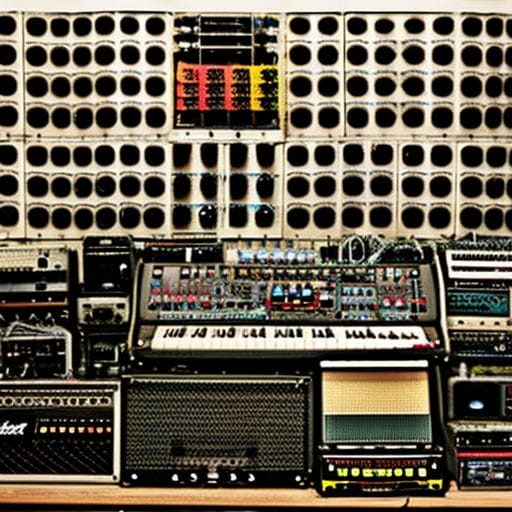Mixing Punk Rock: Keeping Things Raw and Energetic

How does the process of mixing punk rock differ from other genres in terms of maintaining energy levels?
When it comes to mixing punk rock, the goal isn’t about achieving perfection—it’s about capturing the raw intensity, vibrance, and spontaneity of the genre. Punk rock is renowned for its raw and rowdy nature, characterized by distortion, high tempo, and an in-your-face attitude. You must achieve a mix that wraps all this energy into a deliverable audio format.
It’s important to remember that punk rock was born out of a DIY ethos. Unlike other music genres, where the end goal might be a fine-polished mix, punk is all about keeping things rough around the edges. Therefore, mixing punk rock comes with its peculiar challenges and rules that are best understood in the context of its core aesthetics.
Achieving a Raw Sound
When mixing punk rock, the aim is not only to preserve, but also amplify the raw and dynamic energy of the instruments and vocals. The drums should sound lively; the guitars, edgy and abrasive; and the vocals should cut through with an unfiltered vigor.
Try to avoid heavy processing and overcompressing the tracks. The audio should breathe and maintain the natural fluctuations of a live performance for a truly raw punk rock essence. Therefore, make subtle use of tools like equalizers and compressors, always retaining the original character and intensity of the sounds.
Keeping the Energy High
At its core, punk rock is high-energy music. To preserve the genre’s heart-pounding energy, you need to manage how different elements contribute to the overall intensity of the mix. Experiment with panning to ensure that each instrument sits in the mix comfortably, creating a wall of sound that retains clarity and punch.
Consider the tempo too. Punk is generally fast-paced, and in mixing, this translates to ensuring no single element lags behind or speeds up drastically. Timing corrections should be using sparingly, only done when absolutely necessary to avoid an overly tidy or sterile mix.
The Spirit of Punk
Arguably, the most important tool in mixing punk rock is understanding and harnessing the genre’s spirit. This means respecting the raw, unconventional, and rebellious essence that defines punk. To this end, break the rules when you need to, go with your gut, and aid the music in channeling the raw aggression and the refusal to conform that punk rock epitomizes.
Ultimately, mixing punk rock calls for a delicate balance—retaining the essential grit and energy of the raw tracks, while also applying enough mixing techniques to create a listenable, enjoyable piece of music.
In conclusion, mixing punk rock is as much of an art form as playing the music itself. It requires a unique set of skills, an open mind, and a detailed understanding of the genre’s anarchistic spirit. Remember, your main task is to serve the music—bring out its energy, rawness and authenticity and channel all the rebellious spirit punk rock embodies.
